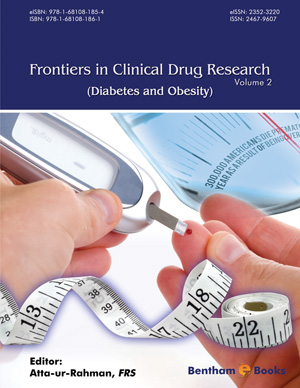Abstract
It is well established that kidneys play a major role to the homoeostasis of glucose at the level of production as well as at the level of absorption. Usually, the majority of the glucose amount that inserts the kidney’s circulation is reabsorbed in the tubular system maintaining in this way a stable glucose level in the plasma. However, in some situations, when the kidneys are not able to reabsorb the whole amount of glucose, the excess glucose is excreted in urine. The last situation is called glycosuria. Sodium-coupled glucose transporters (SGLTs), especially SGLT2, have a key role to the glucose reabsorption in the tubular system and recently have been recognized as a target for the development of a new category of antidiabetic agents. A lot of clinical studies with agents that inhibit SGLT2 showed a favorable effect to plasma glucose levels as well as to body weight. Urinary tract infections are the more important adverse event of this category of antidiabetic agents without any significant implications.
Keywords: Kidneys, glucose reabsorption, phlorizin, dapagliflozin, sergliflozin, and type-2 sodium glucose co transporter.






















